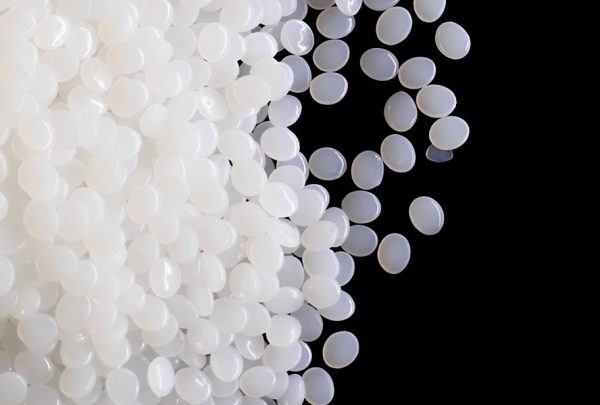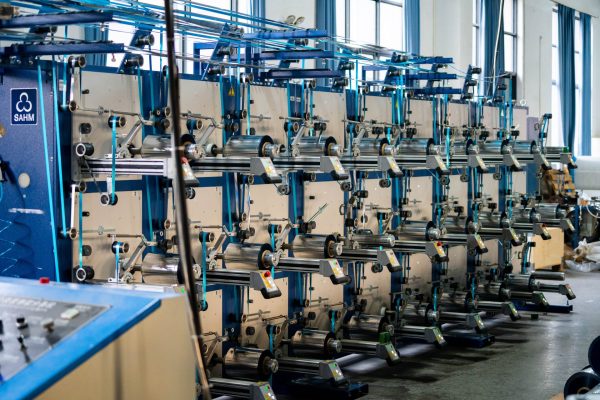In high-speed applications, the selection of wire and cable materials plays a crucial role in ensuring optimal performance and reliability. The demand for faster data transmission rates and increased bandwidth requires careful consideration of various factors when choosing suitable materials. This article highlights the key aspects to consider when selecting high-speed wire and cable materials, providing insights into how the right materials can enhance signal integrity, reduce signal loss, and ensure efficient data transmission.
Signal Integrity and Attenuation
Maintaining signal integrity is vital in high-speed applications. The chosen wire and cable materials should exhibit low signal attenuation, minimizing the loss of signal strength during transmission. Materials with low dielectric constant and loss tangent, such as high-density polyethylene (HDPE) or polytetrafluoroethylene (PTFE), help preserve signal quality, reduce distortion, and ensure accurate data transmission over longer distances.

Impedance Control
Accurate impedance control is critical in high-speed communication systems. The wire and cable material should have consistent electrical properties to maintain a uniform characteristic impedance. This ensures proper signal propagation, minimizes signal reflections, and reduces the risk of data errors or signal degradation. Selecting materials with tight tolerance and stable electrical characteristics, such as foamed polyolefin or fluorinated ethylene propylene (FEP), helps achieve precise impedance control.
Crosstalk and EMI Mitigation
High-speed wire and cable are susceptible to crosstalk and electromagnetic interference (EMI). Proper material selection can help mitigate these issues. Shielding materials, such as aluminum foil or braided copper shields, provide effective protection against external EMI. Additionally, materials with low crosstalk, such as twisted pair configurations or materials with optimized insulation geometries, help minimize unwanted signal coupling and improve overall signal integrity.

Environmental Considerations
Operating conditions and environmental factors must be taken into account when selecting high-speed wire and cable materials. Temperature variations, moisture, chemicals, and UV exposure can impact material performance and longevity. Materials with excellent thermal stability, moisture resistance, chemical resistance, and UV resistance, such as cross-linked polyethylene (XLPE) or polyvinyl chloride (PVC), are often preferred to ensure reliable performance under diverse environmental conditions.
Selecting the right high-speed wire and cable materials is crucial for achieving optimal performance, signal integrity, and reliability. Considerations such as signal attenuation, impedance control, crosstalk and EMI mitigation, and environmental factors are key when making material choices. By carefully evaluating these aspects and choosing materials with suitable electrical, mechanical, and environmental properties, manufacturers can meet the demands of high-speed applications and ensure efficient and dependable data transmission.
Post time: May-25-2023

